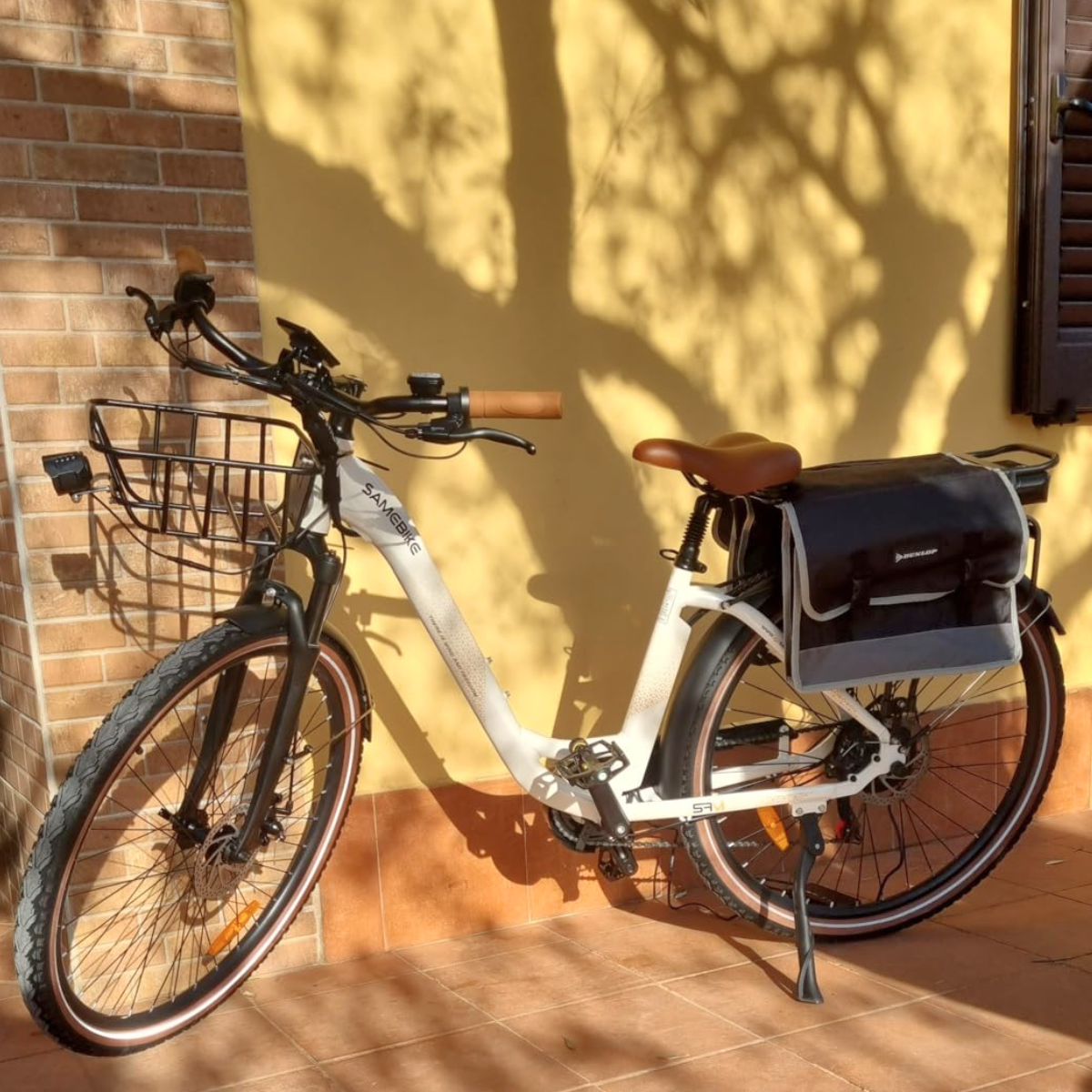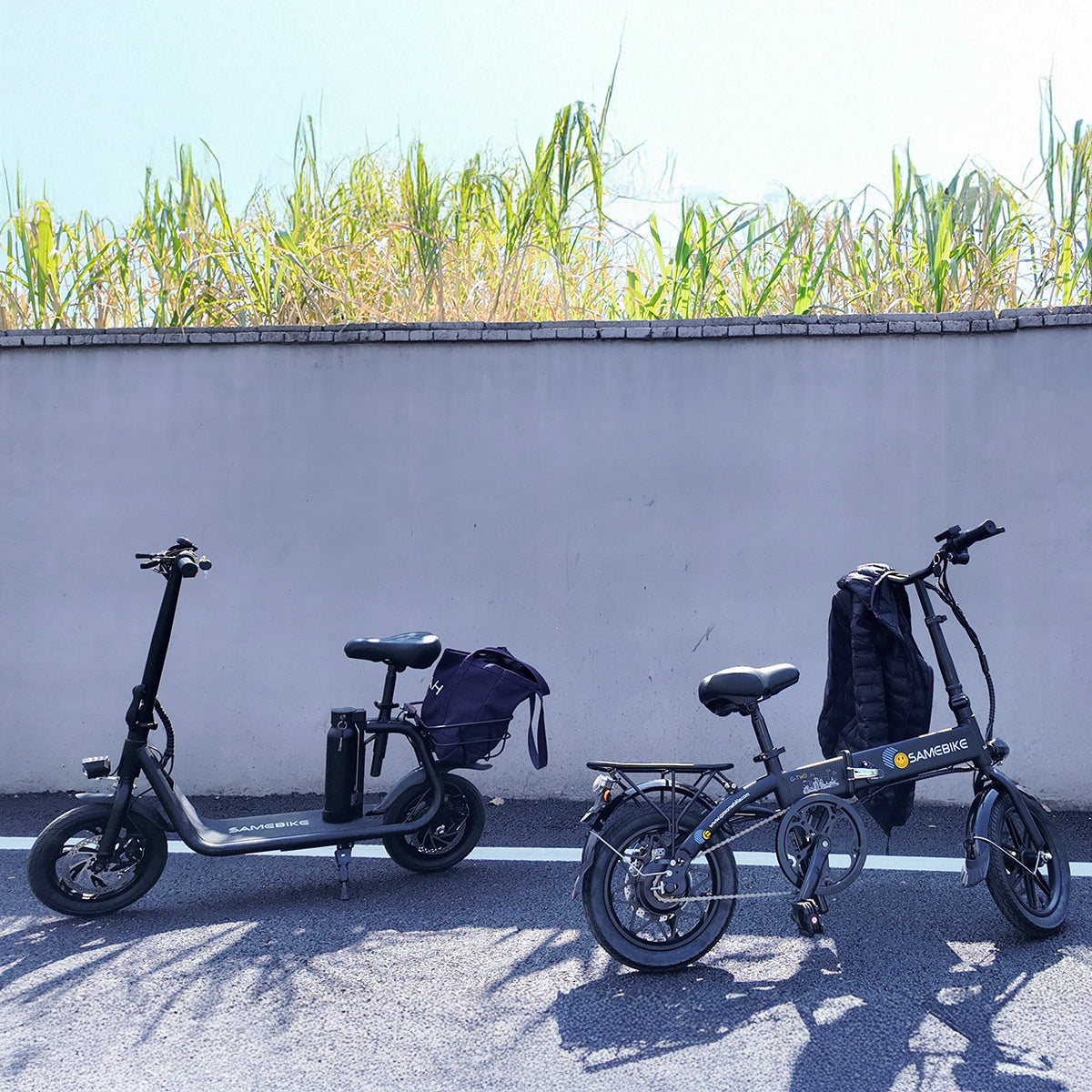Why is tire pressure important for mountain electric bike?
When it comes to mountain bike performance, tires are one of the most important components. After all, they are the only thing connecting your car to the ground. Therefore, getting your mountain bike’s tire pressure just right is crucial to its performance on the trails.
However, there are many variables when calculating the ideal air pressure range for a mountain bike tire, such as the tire's width and carcass thickness, rubber compound, diameter, and the width and overall shape of the rim. The type of conditions and trails you ride on, as well as your own riding style, can also have a big impact on proper tire pressure.
Having the right tire pressure can improve your mountain bike's comfort, grip and speed. If you get it wrong, everything goes in the opposite direction.

What happens when tire pressure is too low?
When your mountain bike tire pressure is too low, it can negatively affect your ride in several ways. First, low tire pressure increases the risk of blowouts and punctures because the tire is more likely to get pinched by the rim and obstacles in the road. Additionally, tire pressure that is too low can reduce the bike's stability and control, making it harder to negotiate technical sections and corners.
What happens when tire pressure is too high?
On the other hand, if your tire pressure is too high, you'll have a rough and uncomfortable ride. High tire pressure reduces traction, making it difficult to maintain control on soft or slippery surfaces. It also reduces the tire's ability to absorb shocks, resulting in a bumpy ride.
How to find the right tire pressure?
Finding the best tire pressure for your mountain bike depends on a variety of factors, such as rider weight, trail conditions, and personal preference. As a general guideline, most mountain bikers prefer tire pressures between 25 and 35 PSI (pounds per square inch). However, it is important to experiment and adjust the pressure according to your specific needs and riding terrain.
| Total weight of rider and equipment (kg) | Tire width (inches) | Rim Width(mm) | Front tire pressure (psi) | Rear tire pressure (psi) |
|---|---|---|---|---|
| 80 | 2.2 | 25 | 24 | 26 |
| 80 | 2.4 | 30 | 21 | 23 |
| 80 | 2.6 | 30 | 19 | 21 |

There are many factors that affect tire pressure
1. Rider and bike weight
A reasonable starting point is the combined weight of you and your bike. It stands to reason that heavier cyclists will need more air pressure than lighter cyclists. Why? Heavier riders will put more force through their tires and will need to be balanced with correspondingly high tire pressures. The opposite is true for lighter riders.
2. Terrain
If you're riding fast in a very rocky and rooty area, you may need to increase your air pressure. When you hit a rock, higher tire pressure means the tire deforms less and the tire is less likely to get a puncture. The opposite is true if you are riding on smoother terrain, or at slower speeds.
The impact of terrain on tire pressure is also related to the tires of the mountain bike itself, such as SAMEBIKR RS-A08 26"*4" Off-Road Electric Bike, equipped with puncture-proof, strong fat tires with built-in tire liners and reflective sidewalls, in Provides upgraded grip and traction on rough roads. These fat tires provide you with a relaxed, smooth ride even in the most challenging terrain and weather conditions.
3. Riding style
If your ride was more precise, smoothing through obstacles, you might use a few fewer pounds. However, if you’re more of a jumper when riding, you may want to pay a little more attention to puncture protection.
Conclusion
Mountain bike tire pressure plays a vital role in your overall riding experience. Finding the right balance between too low and too high pressure is critical to safety, control and enjoyment of the trails. Experiment with different pressures, consider trail conditions, and always prioritize your personal comfort and confidence while riding. With the right tire pressure, you'll be able to conquer any mountain biking adventure with ease and excitement!
People Also Read

Discover The Benefits Of Commuting By Electric Bicycles
Commuting by e-bike is no longer a fringe choice — it’s rapidly becoming a mainstream mobility solution across the European Union. With rising awareness of sustainability, increasing urban investment in bike infrastructure, and the growing cost of car ownership, there has never been a better time to switch.

Dad Deserves The Wildest Freedom: Gift Him A Ride As Reliable As He ls
This Father’s Day, go beyond the ordinary. Instead of another tie or gadget, give Dad something that truly enhances his life—a SAMEBIKE LO26 Plus 1000W Powerful Folding EBike.

E-Scooter vs. E-Bike: Which One Is Right for You?
The truth is, there’s no one-size-fits-all answer here. It really depends on your needs, your lifestyle and your preferences.Whether you choose an e-scooter or an e-bike, one thing is certain: you’ll be riding in style and saving time while reducing your carbon footprint.
Have Any Questions?
We are here to answer all of your queries



































